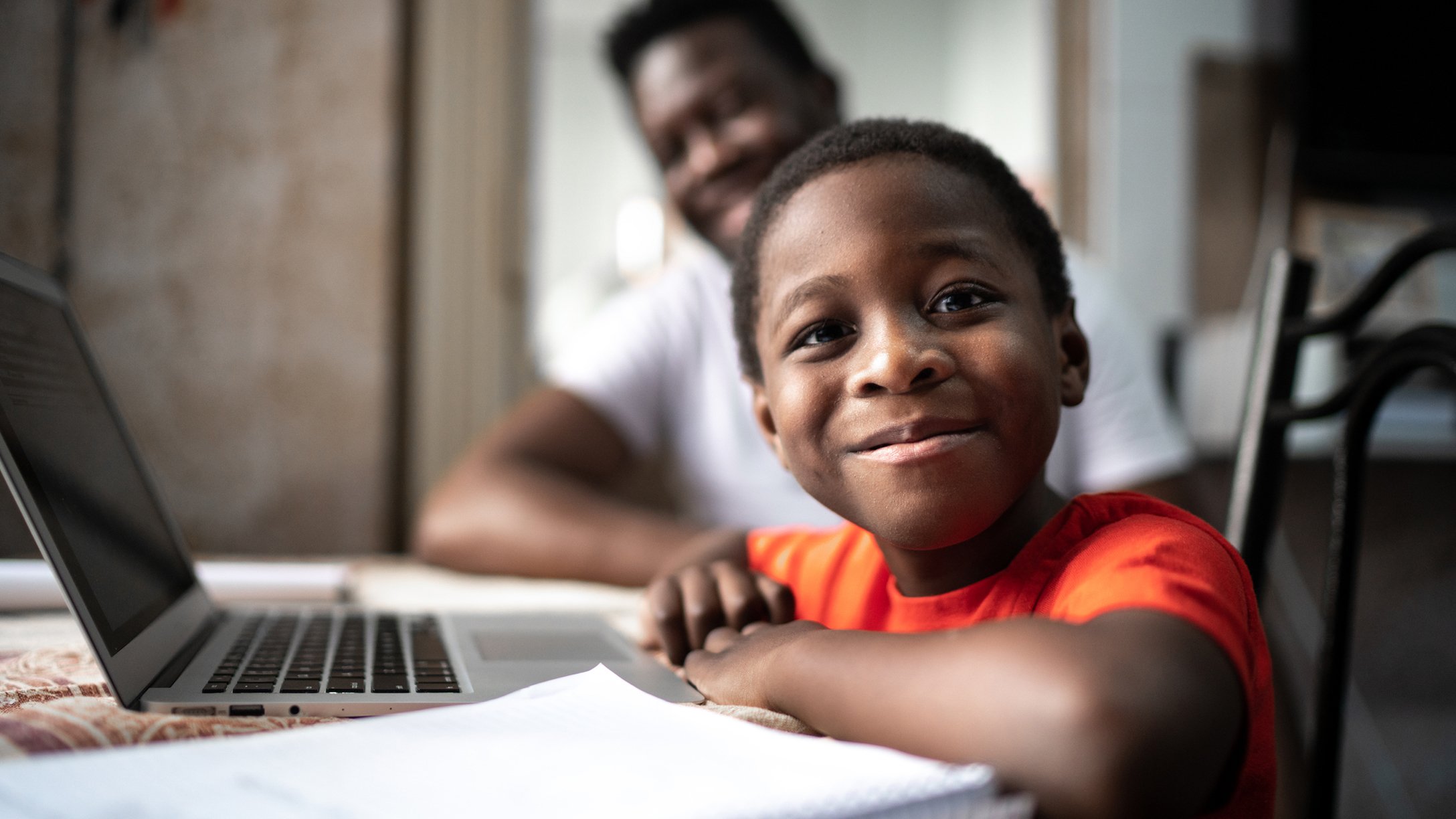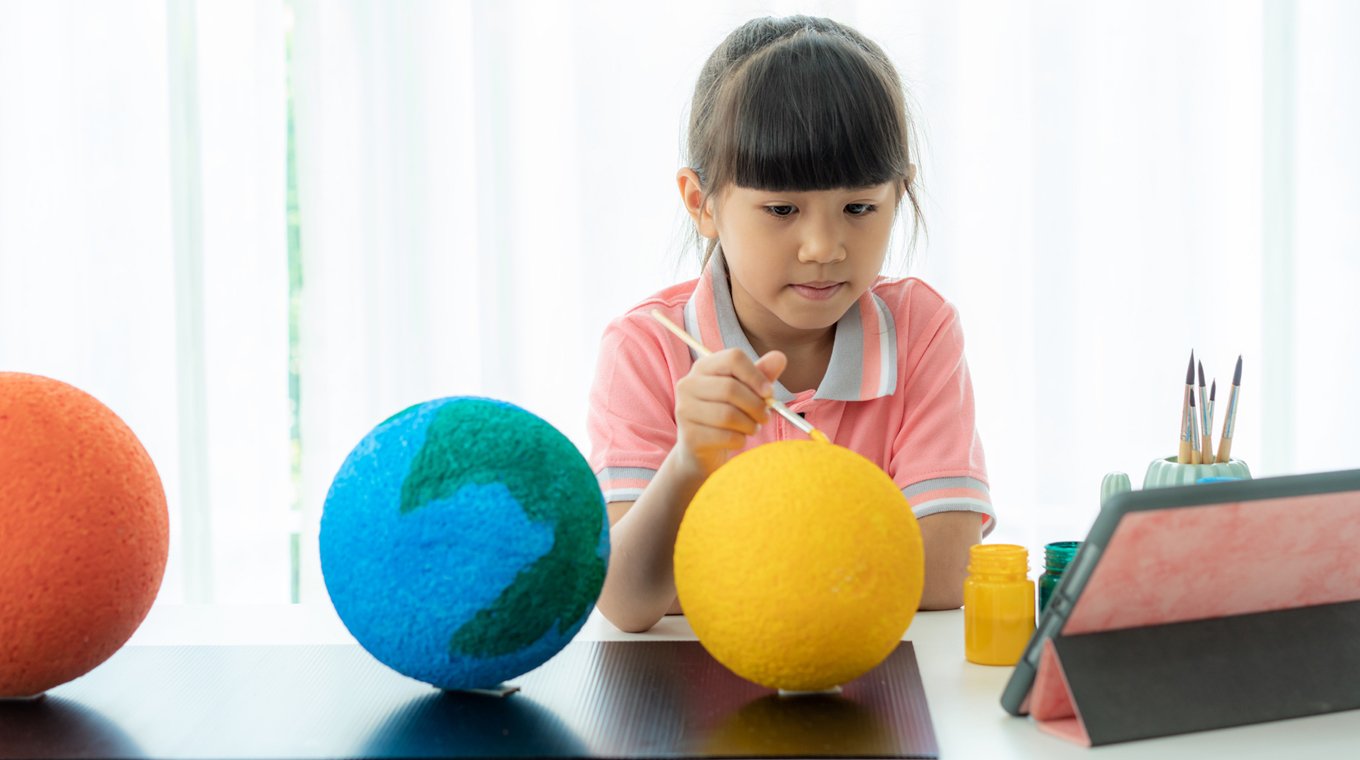
In this article
I don’t know about you, but I am drowning in websites and log-ins and apps for my two school-age kids right now. And it’s not just what we need for virtual learning — Zoom, Google Classroom, etc. — but for all the extras that we are supposed to use to bolster and support their education during this unprecedented time. How do we know what’s worthwhile? Which virtual learning resources actually teach kids something? How on earth do homeschooling parents do it?
In this great, massive pivot to online learning, there is no shortage of options. We Are Teachers has pulled together more than 350 virtual learning resources for parents and teachers, alike. To which I say, Wow, thank you! But also, Ugh. I don’t need more choices, I need the right choices.
Tried-and-true, popular online resources for virtual learning

One approach is to stick with what you already know. You might be familiar with several virtual learning resources from the before time, because they’re quality go-tos that have partnered with schools to supplement classroom learning for a while.
1. Khan Academy
Khan Academy has video lessons on math, science, history, coding — even filmmaking. (But not language or music, just FYI.) When the pandemic hit in the spring, use rose 250 percent — not surprisingly.
2. Duolingo
Duolingo is an interactive way to learn 34 languages (including Klingon?!). It was tapped as the top language-learning app in 2020 by PCMag.
3. Epic!
For those with limited libraries at home, Epic! is a godsend — more than 40,000 books, with both read and read-to-me functions. This app really earned its reputation as “the Netflix for children’s books.” (While not free, some schools have free accounts.)
4. Prodigy
Both of my kids love the gamification of Prodigy Math (even if I find the graphics a little dated). And they’re not alone. Prodigy has some 90 million worldwide users.
5. Typing Club
Because — sniff — nobody handwrites anything anymore.
6. Smithsonian Learning Lab and 7. National Geographic Education
Well-known, trusted sites like Smithsonian Learning Lab and National Geographic Education have robust learning opportunities and, what’s more, have the “hallmarks of quality” that parents should be looking for, says Catherine Mackay, president and COO at Amplify, a digital-first educational publisher based in Brooklyn, New York.
And while it might seem obvious, quality is really the differentiator when it comes to choosing apps and other virtual learning resources. “It’s much better to pick those resources that have rigorous pedagogical thinking behind them, that drive at real educational outcomes, rather than trying a bunch of different things,” Mackay told Mom.com.
A new way to approach virtual school activities

Mackay speaks from experience — as the COO of Amplify, and as a mother of school-age children herself. Amplify boasts 20 years looking at what works and what doesn’t in the virtual setting, to see exactly what kinds of activities keep kids engaged.
8. Wide Open School
Amplify partnered with Common Sense Media to launch Wide Open School back in March — curated collections of high-quality online educational experiences from publishers, nonprofits, and education companies. “It’s almost as if you can develop your own bell schedule by grade, by subject, and see high-quality resources,” explained Mackay. “And it’s all available free.”
Which is to say, they’ve done the work for you.
Today — just for example — my 8th grader could use a tool called “Groove Pizza” to make music and learn math at the same time. Then, she could read about the Syrian refugee crisis and discuss what it means to bear witness, or to be culturally displaced. Oh, and make a podcast. Meanwhile, my 4th grader could dig into grade-appropriate lessons from PBS, Playworks, Common Sense Media, and Discovery Education. And I don’t have to plan or think about any of it.
I call that a win.
Is it time to reset your virtual learning expectations?

Even with a handful of high-quality apps and sites at your disposal, there’s a lot that virtual learning can’t do.
“I'll be the first to say that for my own children or anyone's children, if I had to pick between an amazing teacher in a physical classroom and the world's best technology, I would pick the amazing teacher every time,” Sal Khan, the founder of Khan Academy, told NPR.
And one reason is because the social piece of learning is so important. That’s definitely top of mind for educators and experts in the ed-tech space right now — how to create virtual environments that are lively, engaging, collaborative, and peer-to-peer.
Meanwhile, parents still have another secret weapon.
Mackay says that now is the time to use your relationship with your kid to bolster their learning. “Research confirms how much progress a student can make from one hour from a tutor,” she told us. It’s about that one-on-one time and attention.
“One of the ways parents can really support their students isn’t finding the best online resources, it’s embracing the hour of dinnertime conversation that maybe you didn't have time for before.” Use that time to talk about the books they're reading and what they’re learning. “It’s really powerful,” said Mackay. “Parents shouldn’t underestimate the effects of doing that sort of thing.”







